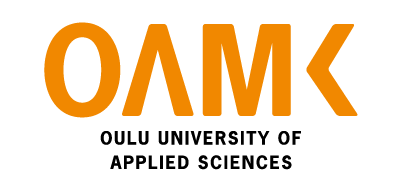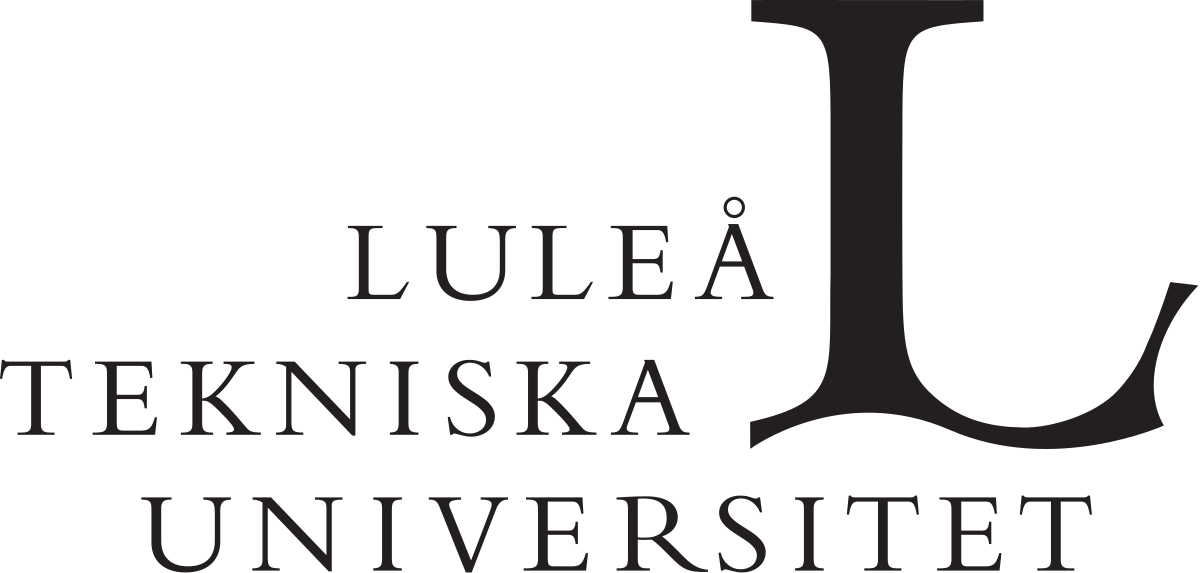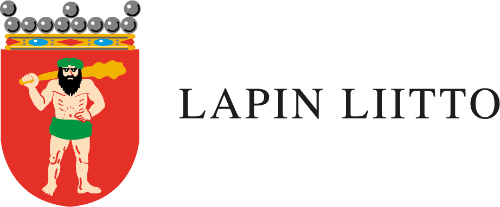Why / importance
One of the keys for a circular economy approach towards green growth and sustainable environment is to consider the life cycle perspective of the built environment for both levels, a micro level like buildings and a macro level like a city / town including its urban area.
In order to preserve natural resources, reduce carbon emissions, moving towards near-zero energy use and sustainable building, the employment of modern digital solutions and technologies could help tackle the current lack of collaboration towards building lifecycle design approaches. This project will address issues regarding collaboration in the initial stages of the project lifecycle which is proposed to significantly impact on green growth and sustainability by defining the state of our future built environment.
Cross-border added value
Sustainability of built environment is an urgent challenge for the entire northern region. It calls for collaboration across the building lifecycle as well as across national borders. We can no longer afford to not learn from the experiences of others. Opportunities to support progress towards green growth and resource efficiency, such as those presented by digitalization and other modern tools and technologies, need to be assessed from a real-life situation to facilitate for their implementation in the local context. And, they need to be shared and discussed for their implementation in the regional context. Consequently, for the society and particularly for the public organizations such as municipalities, a higher level of awareness and knowledge is considered important cross-border added value. Furthermore, the knowledge and experience may add additional value by increasing competitiveness and promoting more environmentally friendly business opportunities in the region such as value propositions based on utilizing data and information modeling throughout the building lifecycle.
Expected results
- an evaluation of opportunities to benefit from state-of-the-art digital solutions for sustainable urban and building development in a real-life pre-planning situation
- experience transfer and optimization by digitalization
- knowledge enhancement of life cycle analysis method for buildings in cold climate
- a basic regional guideline in using LCA tools to establish the climate impact of select category of buildings
- Increasing knowledge of approaches to sustainable resource and green growth by sharing expertise and experiences among the parties in the region
- better awareness among decision makers in both the public and private sectors, including municipality officials, property developers, building owners and managers regarding how digitally based methods can be employed to embed sustainability throughout the building lifecycle
Expected impacts
- Substantial knowledge transfer between countries will be established
- Enhanced Knowledge about sustainability approaches between countries
- More compatible methods and systems help harmonising calculations carbon footprints between countries
- Cross-border business in building industry will be increased by higher interoperability of information systems of different actors, thus resulting more efficient use of Northern resources
- Streamlined and cost-effective buildings will be enabled at the same time as CO2 emissions will be reduced and energy efficiency and environmental issues will be improved
- Knowledge of public sector, supervision of buildings and other actors for planning wood buildings will increase




